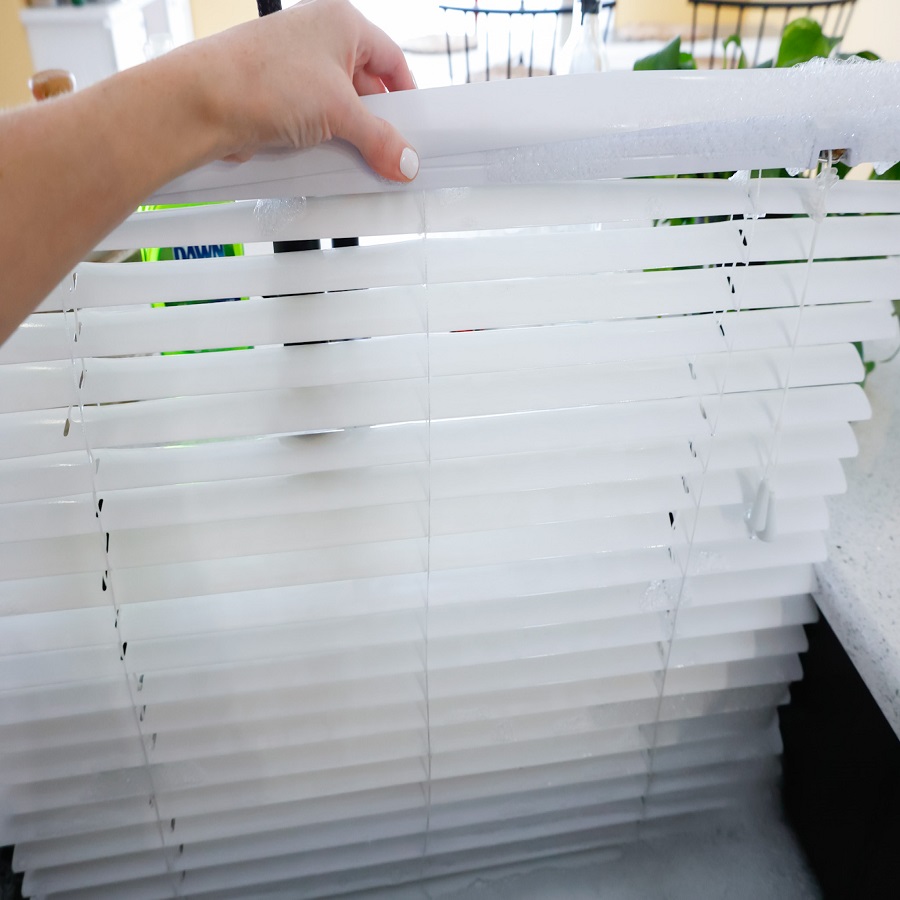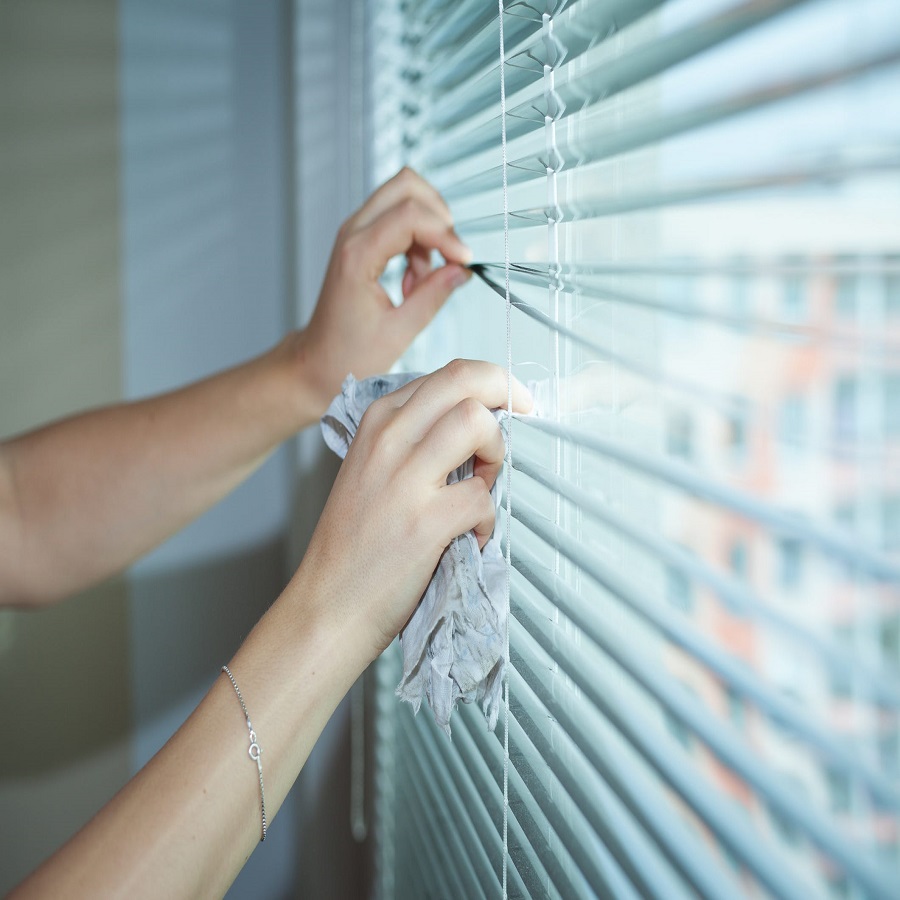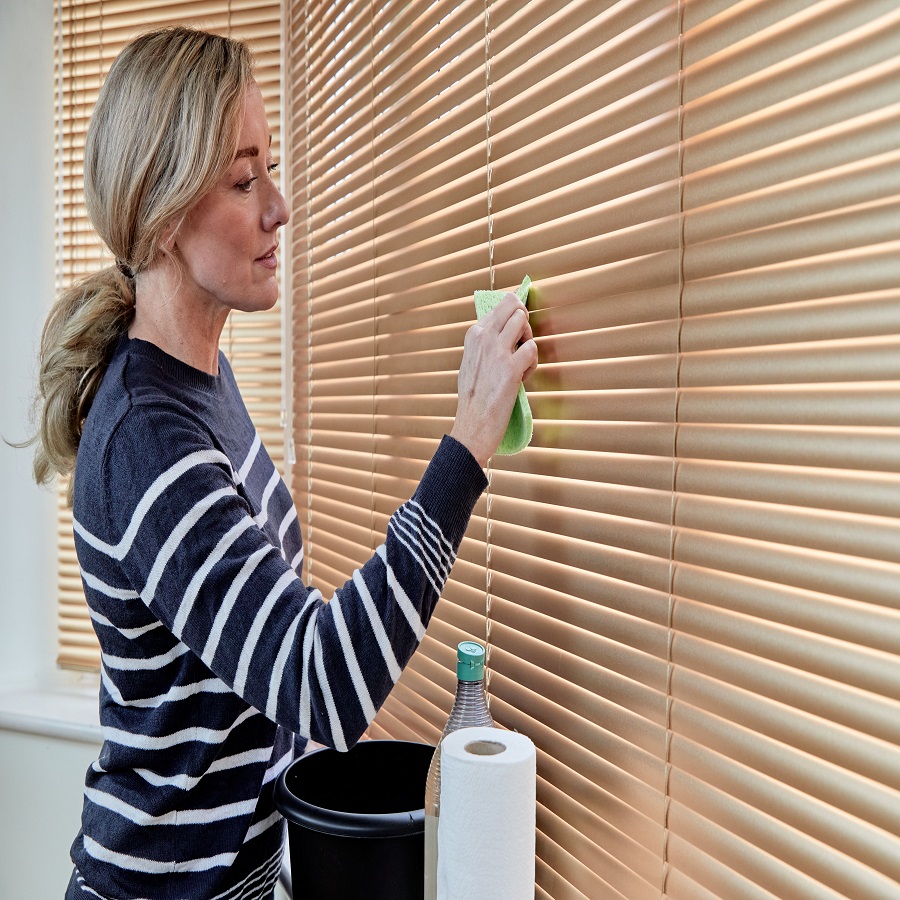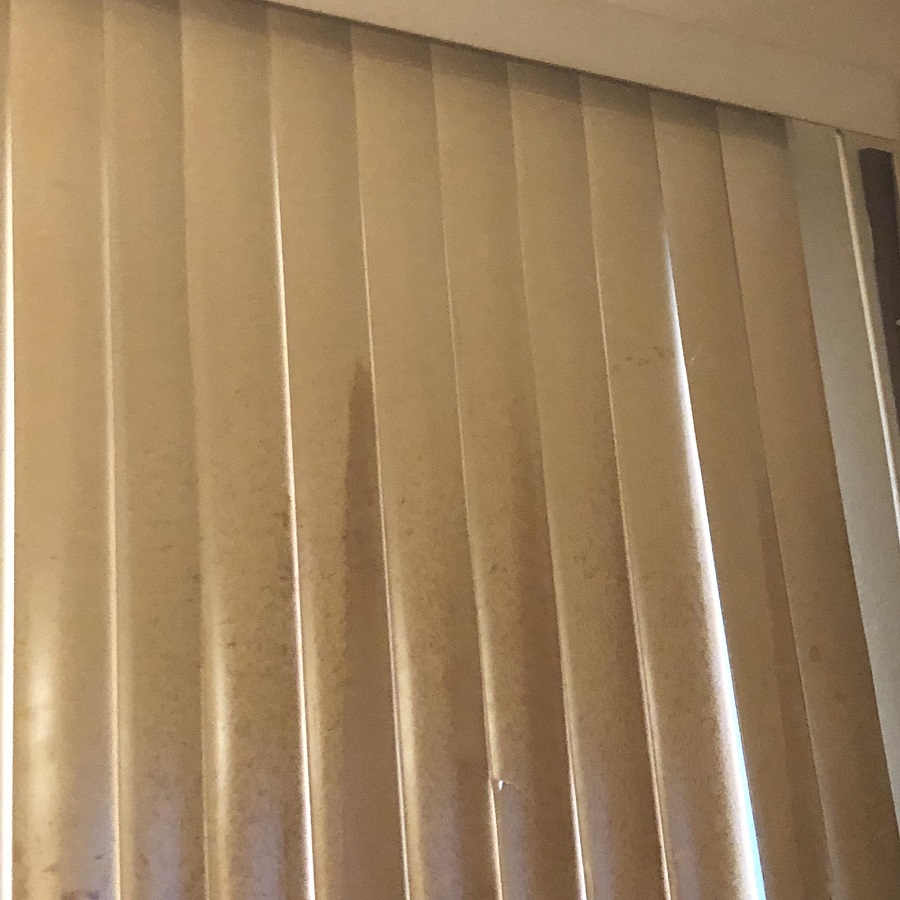Introduction to Blinds Cleaning
Blinds add style and control light in our homes. But, they also collect dust and dirt. Regular cleaning keeps them looking good and functioning well. It’s an easy way to refresh a room without much effort. Understanding the right methods saves time and energy. We will explore those methods here to help you. Cleaning blinds needn’t be a daunting task. With some basic tips and the right tools, anyone can do it efficiently. And you don’t need expensive products or professional services. A simple, easy way to clean blinds is within your reach. Let’s dive in and make blinds cleaning a breeze.
Weekly Maintenance Tips
Maintaining your blinds weekly prevents heavy buildup of dust and dirt. Here’s an easy way to keep your blinds clean:
- Dust Regularly: Use a soft microfiber cloth or a duster. Gently wipe the slats from top to bottom. This does not let dust accumulate.
- Vacuum with an Attachment: If accessible, use the soft brush attachment of your vacuum cleaner. It’s great for removing dust from both fabric and hard blinds.
- Spot Cleaning: Occasionally, spots may appear. Mix a mild detergent with warm water. Dip a clean cloth in this mix and spot clean. Ensure the fabric isn’t too wet.
- Air Them Out: Periodically, lower the blinds completely. Let air circulate around them. This can help reduce any odors and keeps the blinds fresh.
By following these steps, you maintain your blinds with minimal effort each week.
Deep-Cleaning Strategies for Different Types of Blinds
Different types of blinds require unique cleaning methods. Whether you have vinyl, wood, fabric, or aluminum blinds, deep cleaning keeps them in top condition. Here, we look at how to handle each type effectively.
Vinyl and Aluminum Blinds
For vinyl and aluminum blinds, follow these steps:
- **Remove Blinds: ** If possible, remove blinds from the window. It’s an easy way to clean blinds thoroughly.
- **Soak and Scrub: ** Soak them in warm water with a mild detergent. Gently scrub away grime with a soft brush.
- **Rinse Well: ** After scrubbing, rinse the blinds with clean water to remove soap residue.
- **Dry Completely: ** Wipe them with a towel and let air dry before rehanging.
Wood Blinds
Wood blinds need extra care:
- **Dust Off: ** Start by dusting with a soft cloth or a clean brush.
- **Use Special Cleaners: ** Apply a wood cleaner with a soft cloth. Avoid water that can cause warping.
- **Buff to Shine: ** Gently buff the slats for a natural shine.
Fabric Blinds
Fabric blinds are delicate:
- **Vacuum Gently: ** Use the upholstery attachment of your vacuum on a low setting.
- **Spot Clean: ** Address spots with a mild detergent solution. Blot, don’t rub, the fabric.
- **Dry Clean If Needed: ** Certain fabrics may require professional dry cleaning.
By applying these strategies, you ensure a thorough clean that is tailored to the type of blinds in your home. This deep-cleaning process will restore the appearance of your blinds and extend their life.
Dusting Techniques for Blinds
Dusting is key in an easy way to clean blinds and maintain their appearance. Here are some effective techniques:
- Use a Feather Duster: A light feather duster quickly removes dust particles. Start at the top, and work your way down.
- Microfiber Cloths: These cloths trap dust without spreading it. Gently wipe each slat from left to right.
- Makeup Brushes or Paint Brushes: Small, soft-bristled brushes can reach into corners and crevices. They are especially useful for delicate blinds.
- Old Socks or Gloves: Slip these on your hands and swipe across the blinds. It’s a handy trick to dust both sides at once.
- Compressed Air: Use it to blow dust off from hard-to-reach areas. It’s a quick, touch-free method.
By using these dusting techniques, you can eliminate the majority of dirt easily and prepare your blinds for deeper cleaning if needed. Regular dusting also lessens the frequency of more labor-intensive cleaning methods. Ensure the method you choose is suitable for the material of your blinds to avoid damage.
 The Best Cleaning Solutions for Blinds
The Best Cleaning Solutions for Blinds
Finding the right cleaning solutions is crucial for effectively cleaning blinds. Here’s a list of the best cleaning aids:
- Mild Detergent: A gentle liquid soap mixed with water works wonders.
- White Vinegar: It’s a natural disinfectant and cuts through grease and grime.
- Baking Soda: Use it for tough spots. Make a paste with water and apply it gently.
- Rubbing Alcohol: It’s great for removing sticky residues or sanitizing.
- Hydrogen Peroxide: It helps remove stains and brightens up white blinds.
- Lemon Juice: Its acidity is good for dissolving dirt and leaving a fresh scent.
Remember to always dilute these solutions according to the level of cleaning needed. Never use harsh chemicals like bleach on blinds as they could damage the material. Always spot test your solution on a small area first before applying it to the entire blind. This easy way to clean blinds not just cleans them but refreshes them too. By using these solutions, you can tackle different types of messes with ease and confidence.
How to Tackle Stubborn Stains and Buildup
Sometimes, regular dusting and spot cleaning are not enough. Stubborn stains and grime can still cling to your blinds. But don’t worry, there’s an easy way to clean blinds with tough stains. Here are practical steps to tackle these challenging areas:
- Pre-Treat Stains: Apply a paste made from baking soda and water directly to the stain. Let it sit for a few minutes.
- Gentle Scrubbing: Use a soft-bristled brush to gently work on the buildup. Do this without damaging the slats.
- Use Vinegar: For grease or oily stains, white vinegar is effective. Mix it with water and apply it with a cloth.
- Rubbing Alcohol: For sticky residues, dab rubbing alcohol onto a cloth and gently rub the area.
- Steam Clean: If you have a handheld steamer, use it to loosen dirt before you wipe it off.
Rinse these areas with water after treating and ensure they’re completely dry. Remember, always test these methods on a small, inconspicuous area first. For blinds that come with manufacturer instructions, follow them to prevent damage. With patience and the right approach, those stubborn stains will be gone in no time.
Drying and Maintaining Blinds Post-Cleaning
After cleaning your blinds, drying them properly is key. It prevents water spots and damage. Follow these tips for efficient drying and ongoing care.
- Air Dry: Let blinds hang freely. Open windows or use a fan to speed up drying.
- Avoid Sunlight: Don’t place wet blinds in direct sunlight. It may cause fading or warping.
- Towel Dry: Gently pat down blinds with a soft, absorbent towel.
- Clean Drying Area: Make sure the area where blinds dry is clean. This prevents new dirt from adhering.
After blinds are dry, regular maintenance is crucial. It extends their lifespan and keeps them looking new. Stick to these simple steps:
- Immediate Spot Cleaning: Clean any fresh spills or stains right away.
- Routine Checks: Monthly, inspect blinds for any issues or damage.
- Proper Use: Handle blinds gently when pulling them up or down.
- Avoid Moisture: Keep blinds dry, especially in damp environments like bathrooms.
By drying blinds correctly and maintaining them with care, they will stay clean and functional for a long time. This easy way to clean blinds makes your task simpler and more effective.
 Preventative Measures to Keep Blinds Cleaner for Longer
Preventative Measures to Keep Blinds Cleaner for Longer
Preventing dirt and stains on blinds can save you time and effort in cleaning. Here are key steps to ensure your blinds stay cleaner for longer:
- Use Anti-Static Spray: This reduces the attraction of dust. Lightly spray on blinds after cleaning.
- Close Windows on Windy Days: This prevents dust and debris from entering. Keep windows shut when it’s particularly windy outside.
- Install Screens: Window screens block incoming dust and insects. They help keep blinds much cleaner.
- Regular Dusting: Dust blinds lightly but regularly. It prevents buildup over time.
These steps provide an easy way to keep blinds cleaner. These preventative measures not only reduce cleaning frequency but also extend the life of your blinds.
